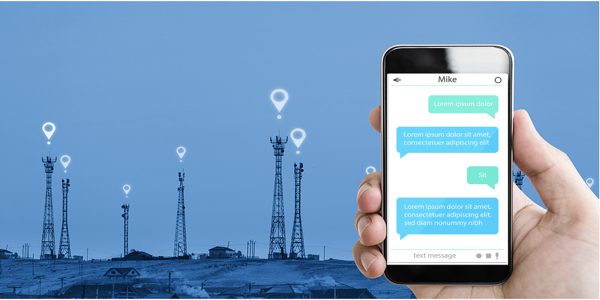CloudNine & United Litigation: Tackling Even the Trickiest eDiscovery Data
United Litigation is a fast-growing legal services firm founded 15 years ago, with national and global reach through its offices in Los Angeles, San Francisco, and Taiwan, offering 24/7 support. They pride themselves on having a stable of industry veterans on staff to handle eDiscovery and other litigation support services for their law firm and corporate clients.
For over 20 years, eDiscovery teams at United Litigation have relied on CloudNine and its CloudNine LAW to provide fast eDiscovery processing for its clients, with the ability to handle 4500+ file types with built-in OCR, scanning and printing capabilities, email threading, deduplication and more. Morgan Caparaz, President, and CEO of United Litigation, also spoke to CloudNine LAW’s unique flexibility in accommodating general use cases as well as exceptions, which can make up to 90% of United Litigation’s work. “LAW handles the data exceptions for us,” Caparaz said. “We use it as is but also have access to the back end and can write custom automation scripts and databases that help us to handle exceptions. It’s the only solution around for us to use when data is suspect or bad. No matter the issue, I am confident we can handle it with LAW.”
Caparaz also spoke about CloudNine LAW’s Turbo module. Turbo is an ingestion engine designed to handle data with a reduced infrastructure and allows for the ability to process data up to 25% faster. “Turbo is a sledgehammer when it comes to tackling large amounts of complex data but also allows us to get surgical on the data with the metadata. It’s this combination of large-scale processing and granular metadata analysis that sets it apart from other solutions. With LAW and its Turbo module, we gain tremendous efficiencies and can process terabytes of data every month with a lean team,” explained Caparaz.
CloudNine LAW is available in an on-premise. To learn more about how we can scale your team’s work, contact us today.




